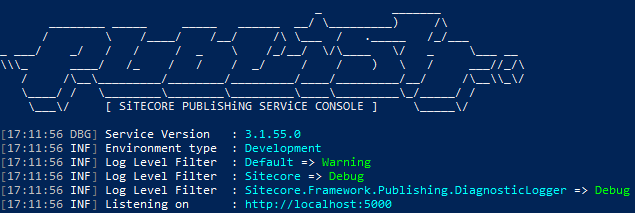Sitecore Publishing Service (SPS) is a replacement for the built-in publish function. It’s built on dotnet core and runs as a separate micro service instead of the built-in publisher that runs in-process.
I’ve been using it, or rather tried to use it, for about a year now on a large Sitecore 9.0.1 solution. It was everything but a smooth ride, so I thought it would be worth sharing my experience and what I learned during the process.
SPS has its clear advantages regarding the speed it publishes content. It’s not as “lightning fast” as Sitecore claims it to be, but still a lot faster than the built-in one. The greatest advantage, in my opinion, is that it runs outside the Sitecore Content Management (CM) worker process. So an ongoing publish processes doesn’t break due to an IIS application pool recycle. Those two reasons were also why we tried moving to SPS.
Note: This post contains my experiences while working with SPS 3.0 to 3.1.3. Some of the issues have been fixed in later versions. Some issues may also remain in SPS 4 as it was released before 3.1.3. Many of the issues turned out to exist in 2.x as well.







 By default, Sitecore stores media files as blobs in the database. This is usually good, but if you have a large volume of files, this can become too heavy to handle. So I wrote a Sitecore plugin where you can seamlessly store all the binaries in the cloud.
By default, Sitecore stores media files as blobs in the database. This is usually good, but if you have a large volume of files, this can become too heavy to handle. So I wrote a Sitecore plugin where you can seamlessly store all the binaries in the cloud.